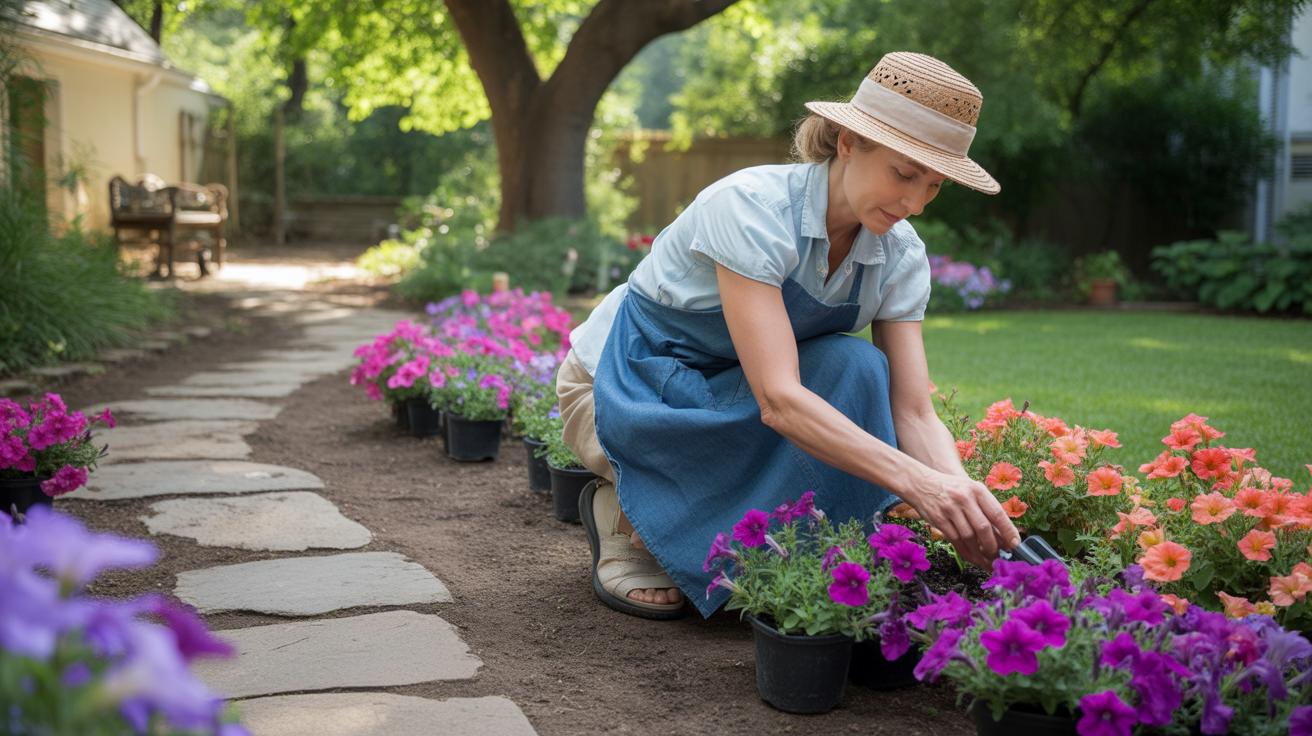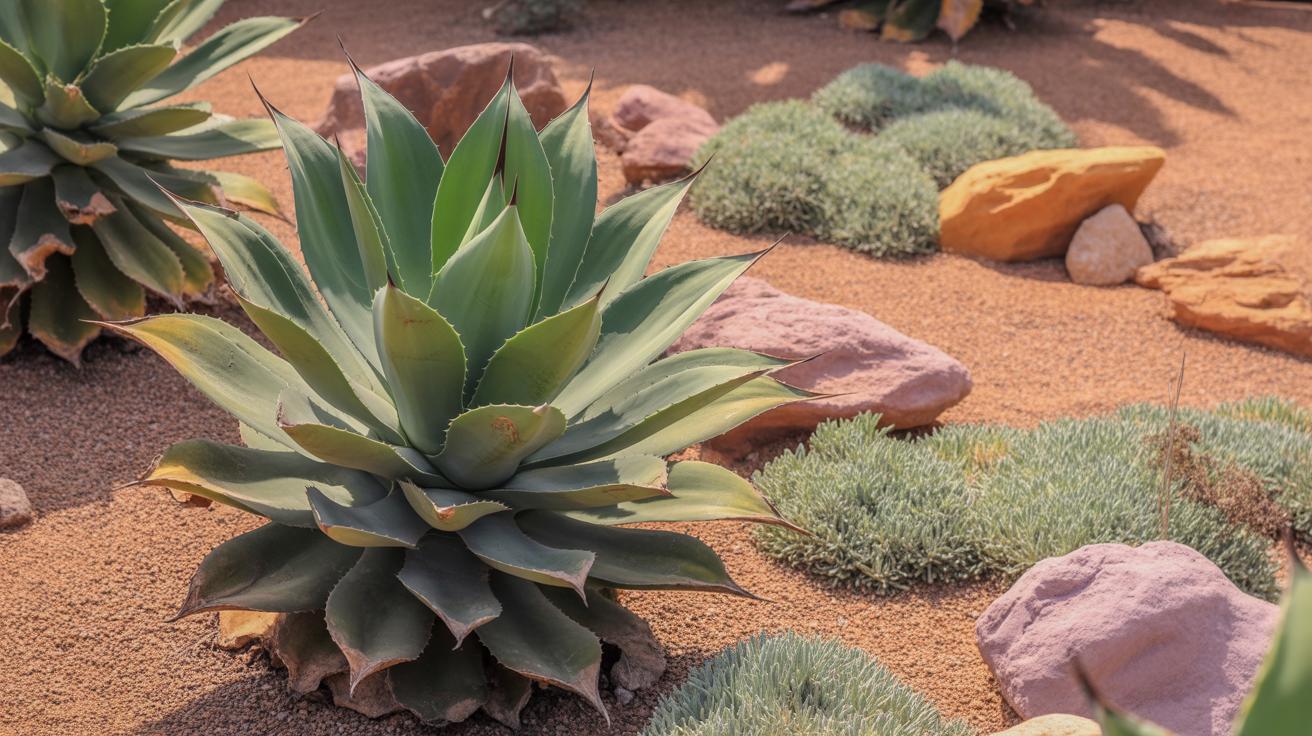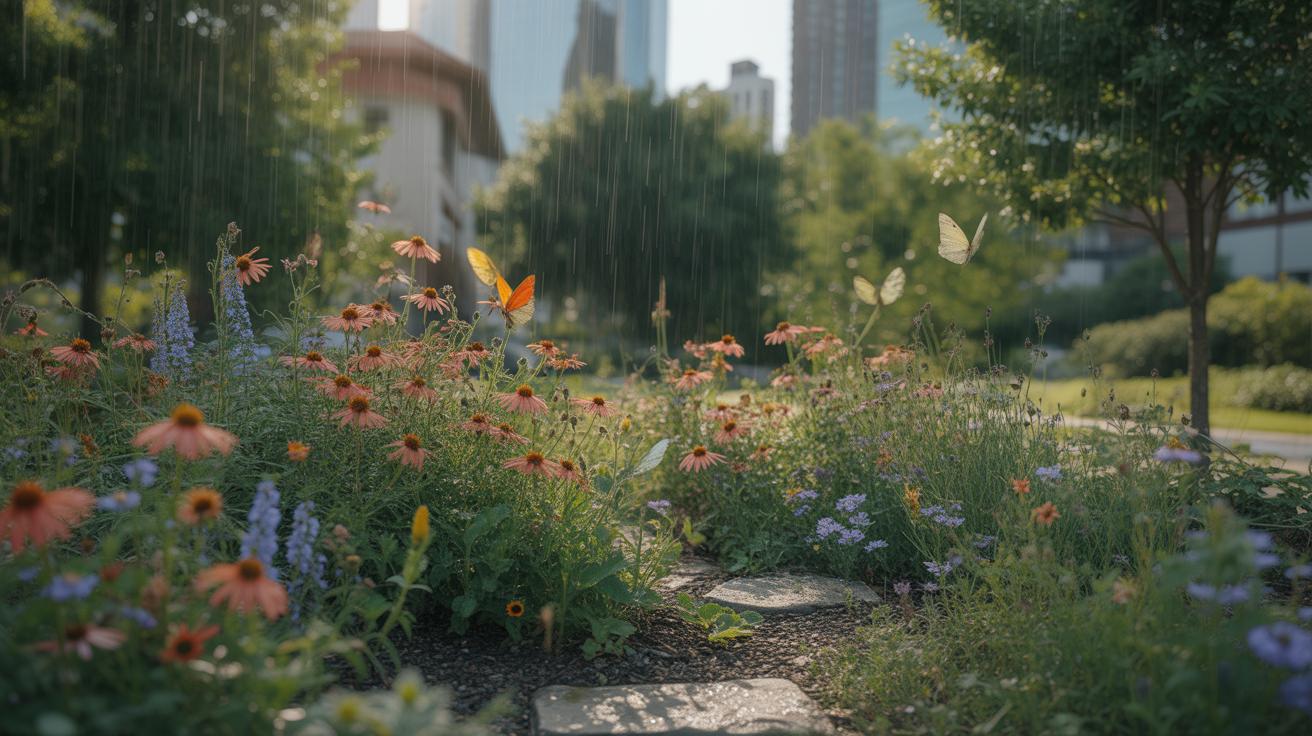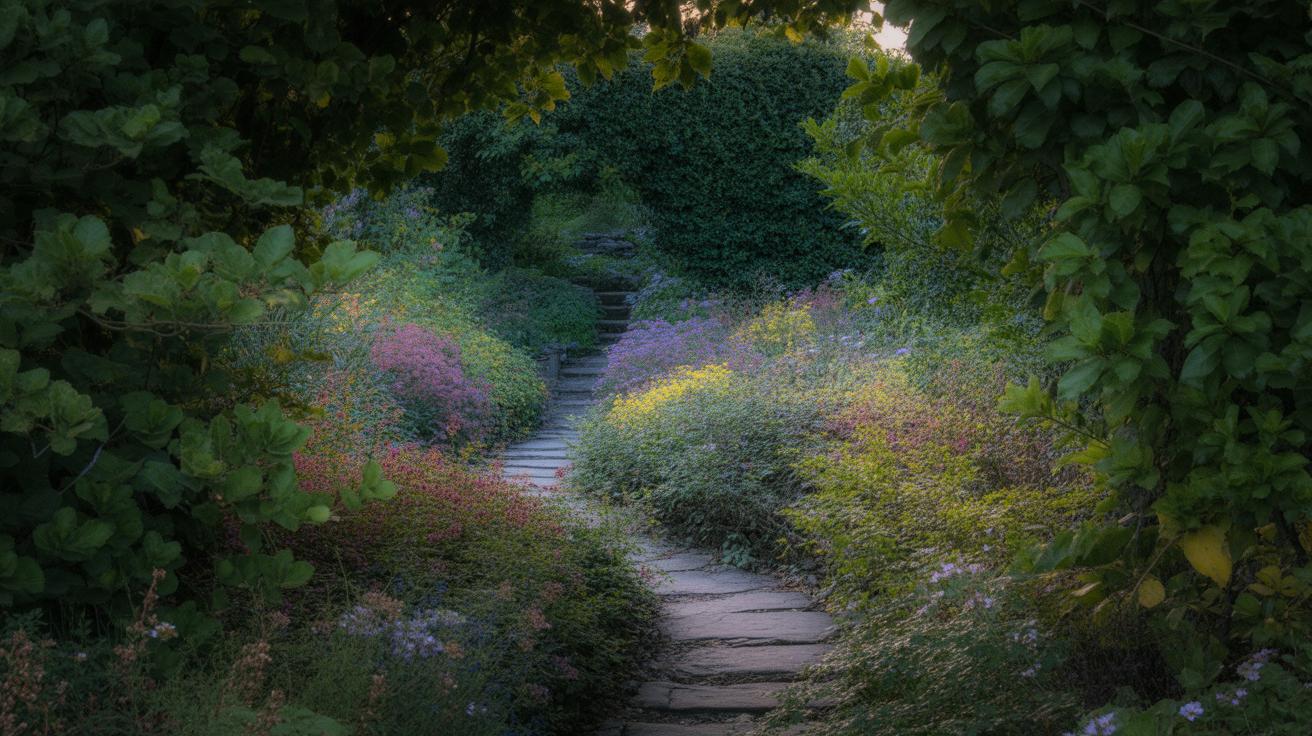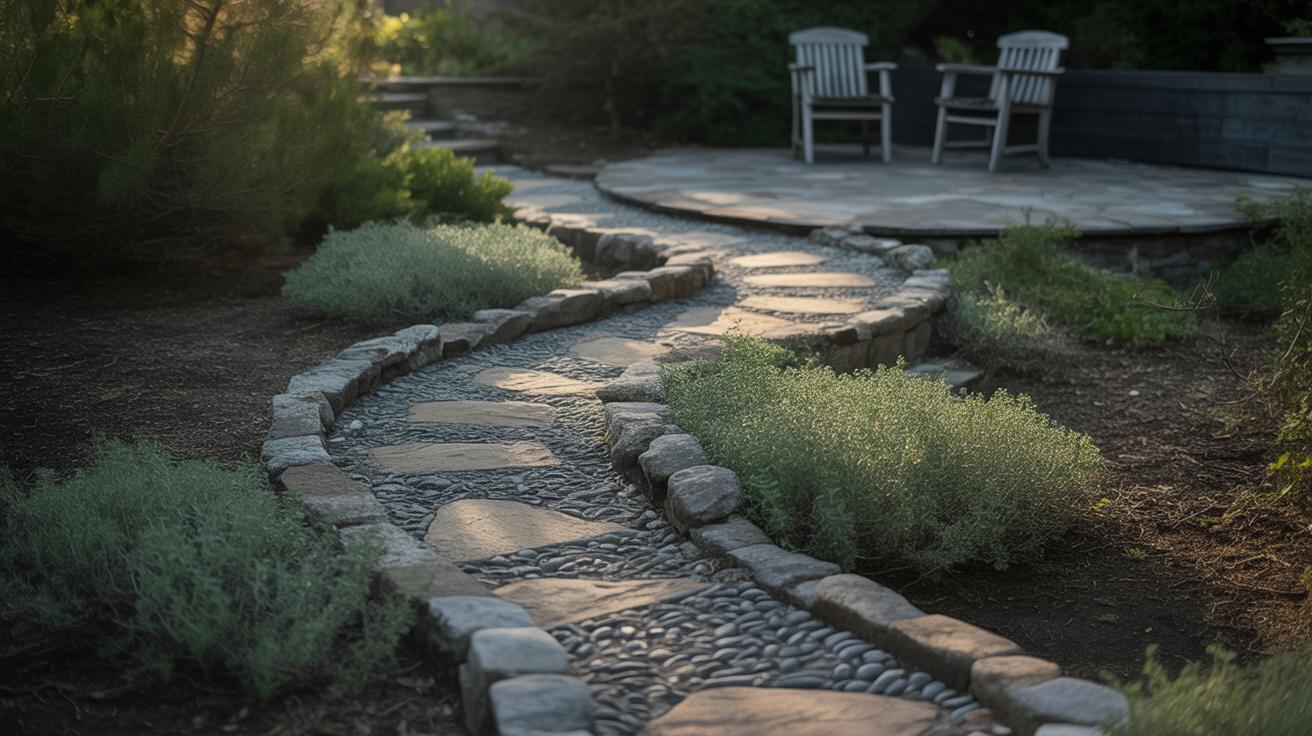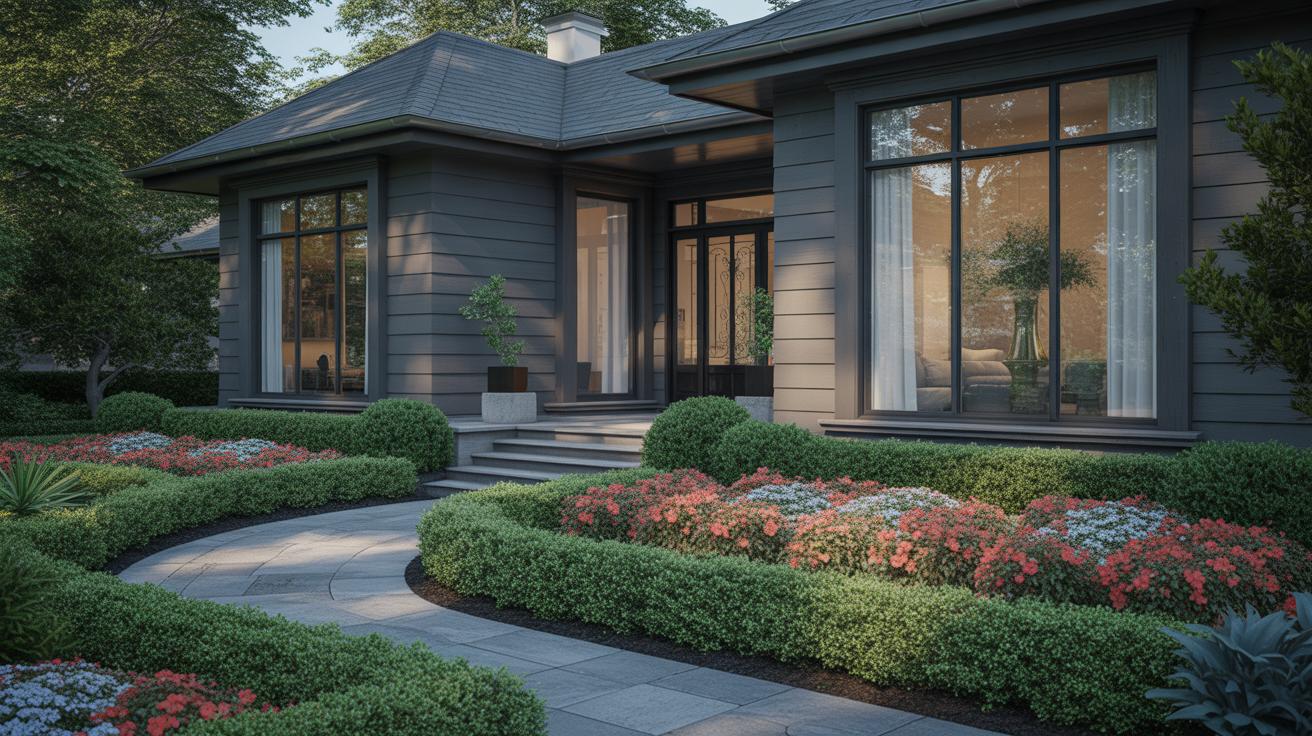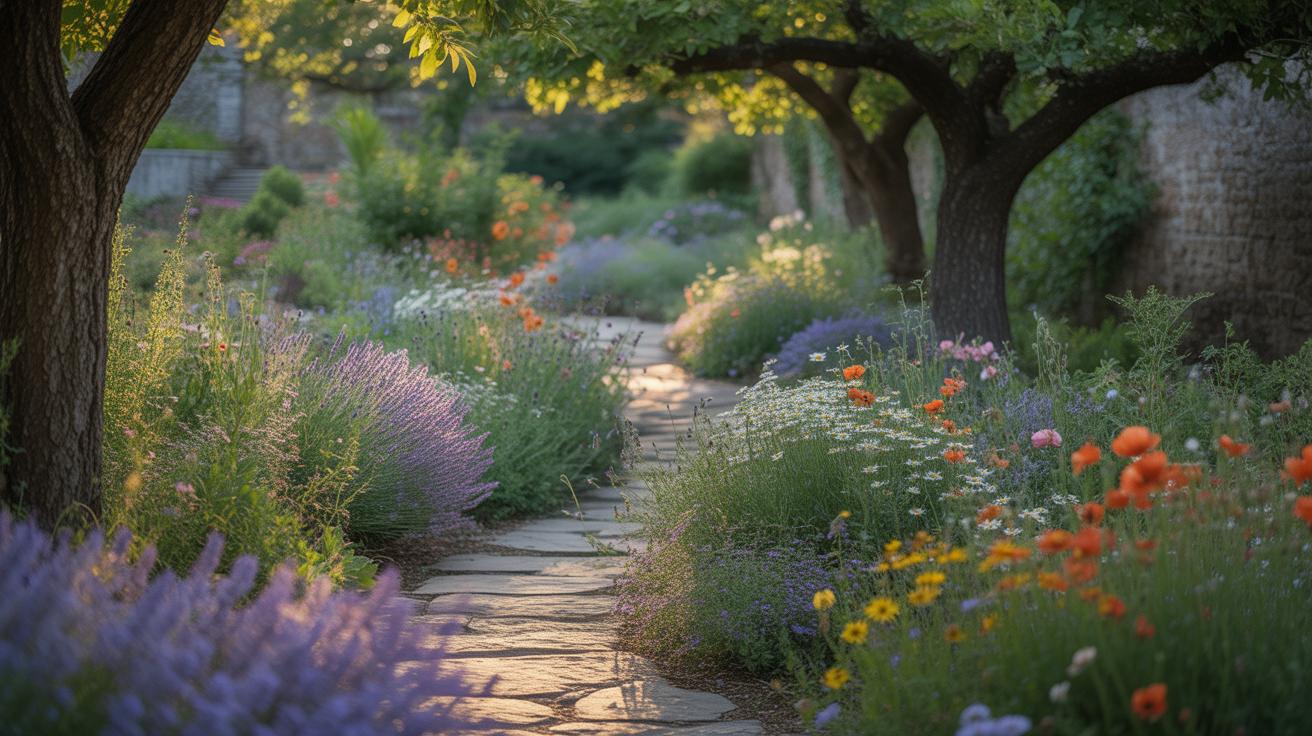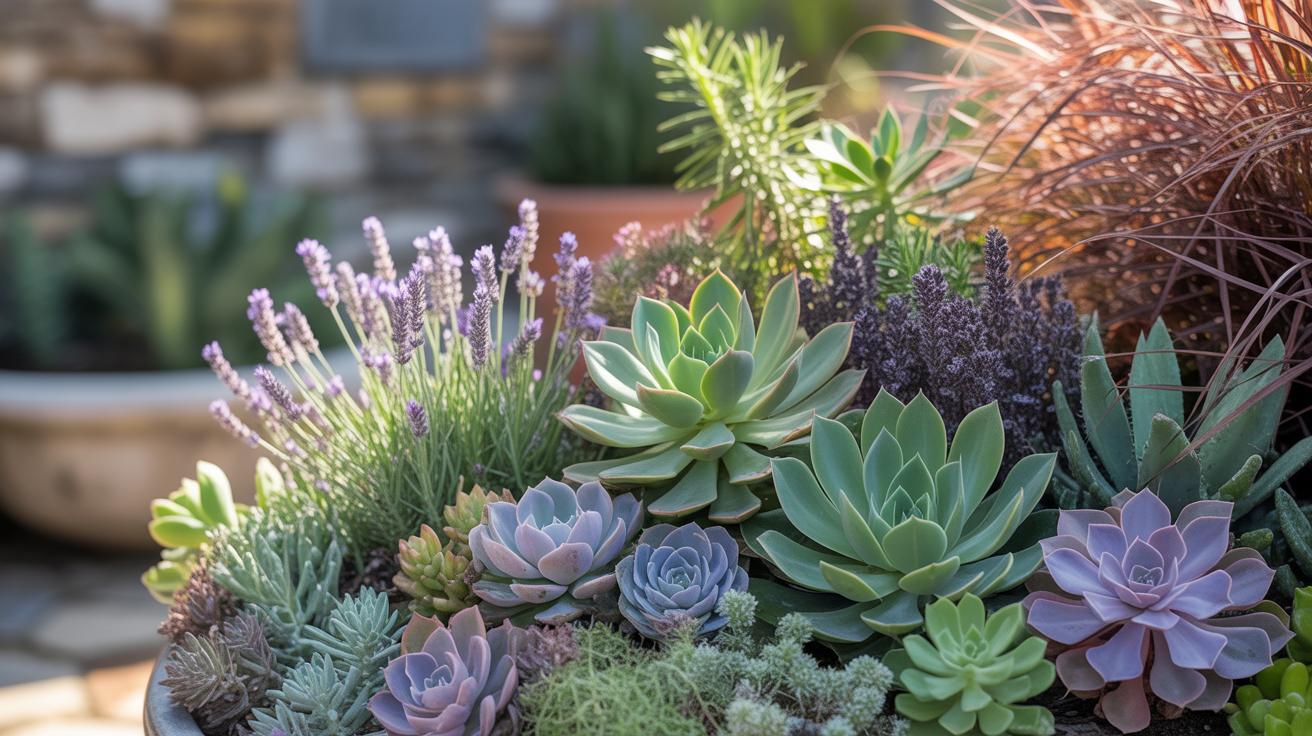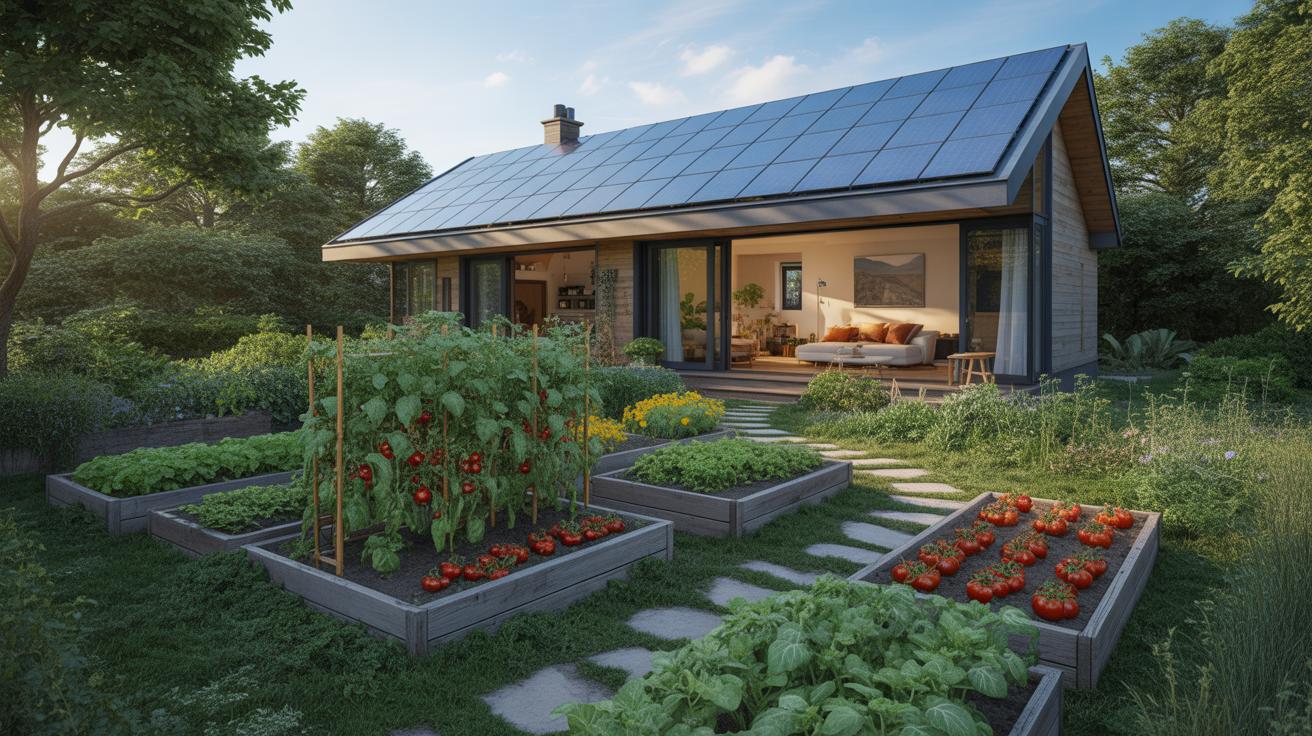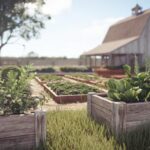Introduction
Home landscaping transforms your outdoor space into a beautiful, enjoyable area. With smart ideas and simple steps, you can make your yard a place to relax and have fun. Landscaping is not just about plants, but about creating a balanced and inviting space.
This article will guide you through important ideas for home landscaping. We will explore how to plan, pick plants, and design your garden for the best look and feel. Whether you want a garden to grow flowers or a place for gatherings, these ideas will help you create the outdoor space you want.
Planning Your Outdoor Space
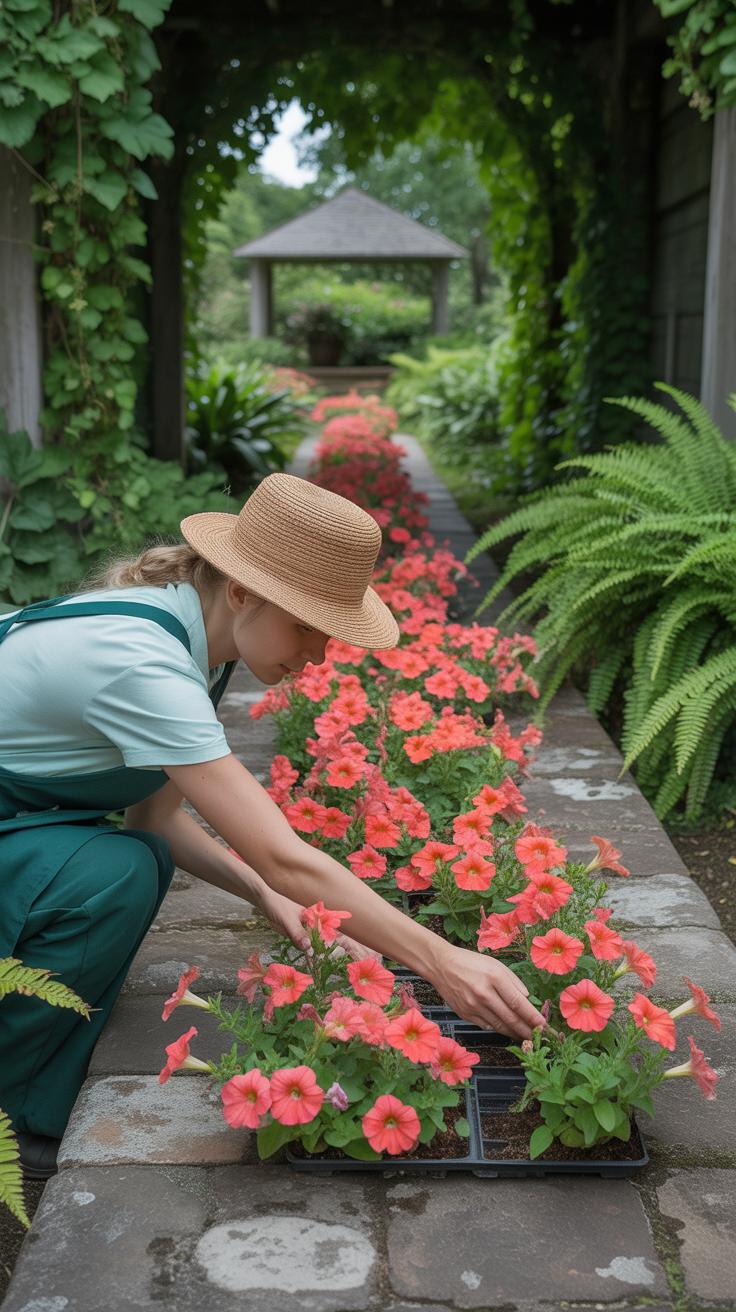 Planning your outdoor space can feel a bit overwhelming, but it’s really the step that makes everything else easier. Without some kind of plan, you might end up with a mishmash of ideas that don’t flow well or fit your needs.
Planning your outdoor space can feel a bit overwhelming, but it’s really the step that makes everything else easier. Without some kind of plan, you might end up with a mishmash of ideas that don’t flow well or fit your needs.
Start by measuring your yard accurately. You need to know how much room you actually have to work with. Then, take note of sunlight — which parts get strong sun, which are shaded. This affects what plants can grow and where you might want to put seating or paths.
Think about how you want to use the space. Will it be for relaxing, entertaining guests, kids playing, or maybe growing vegetables? This shapes your layout.
Create a simple sketch of your yard. Draw in boundaries, structures, big trees, and sunlight areas. Don’t get fancy, just something to help visualize.
Lastly, set a few clear, realistic goals. Maybe start with “I want a quiet spot to read,” or “I want a small vegetable garden.” These goals keep you focused and stop your plans from going all over the place.
Assessing Your Yard
Before rushing into buying plants or materials, take a close look at your yard as it is now. Walk around at different times of day. Notice which spots get morning sun, which are shaded by trees or buildings.
Pay attention to soil. Is it sandy, clay, or something in between? You might want to dig a small hole and check moisture levels. This affects what will grow well.
Also, look at existing plants and structures. Anything you want to keep? Maybe some shrubs are healthy and could be integrated into your design. Or a worn-out fence that needs replacing.
Write down your observations. This helps keep the reality of your yard in mind as you plan improvements. Sometimes you’ll find challenges you didn’t expect, or maybe some great features you hadn’t noticed.
Setting Goals for Your Garden
What do you want from your garden? This question seems simple but can be tricky. Do you picture a peaceful retreat? A safe play area for children? Or perhaps a spot to grow your own food?
Try to be specific about your goals. For example, if it’s a play area, how much room do you realistically have? Is the ground even enough for safe play? If growing food sounds nice, how many hours of sun do those plants need?
Realistic goals save you frustration later. It’s easy to dream of a large vegetable patch when your yard is mostly shady, or a spacious lounge area in a narrow space.
Set a priority list. Which goals matter most? You might want to combine uses but be honest about what fits both your space and lifestyle.
Goals guide your choices and help avoid wasting time or money on things that won’t really work for you.
Choosing the Right Plants
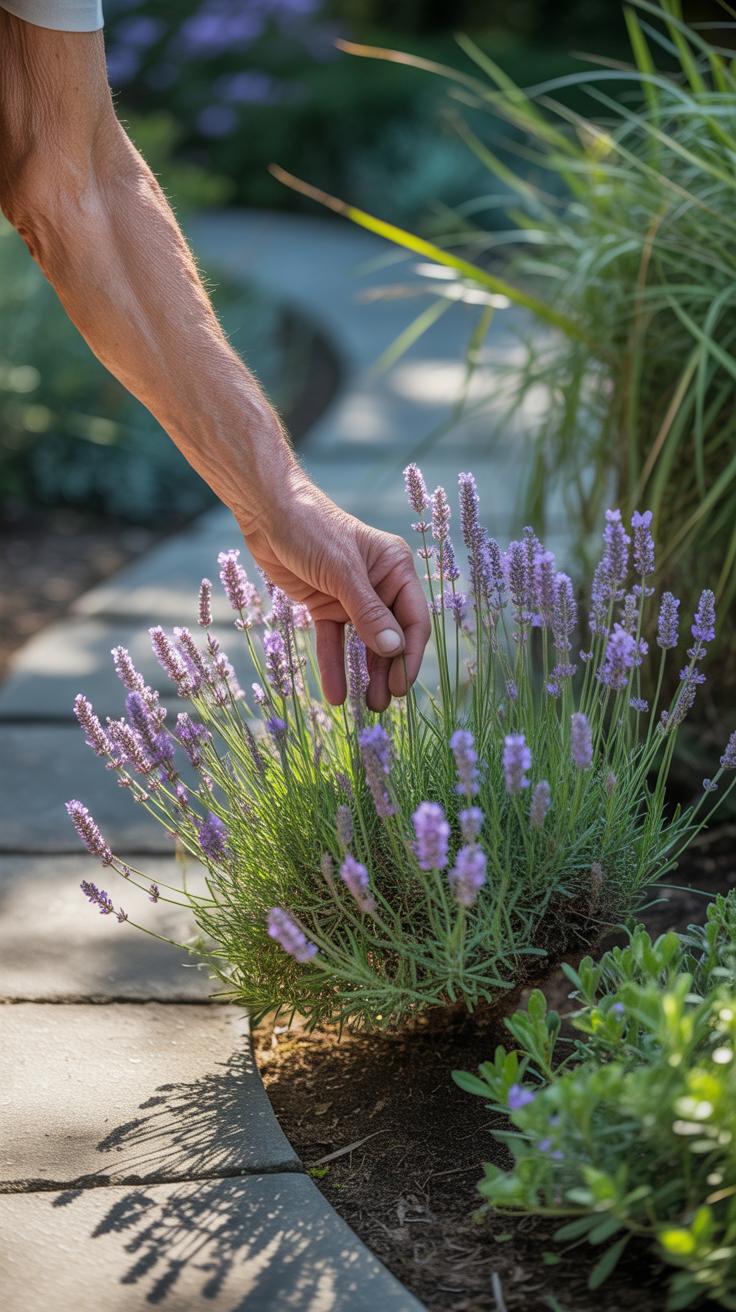
Picking the right plants for your garden isn’t just about what looks nice. Think about your local climate first—some plants thrive in hot, dry conditions, while others need cooler, moister air. Soil plays a big role too. Is your soil sandy, clayey, or rich in organic matter? Knowing this helps you match plants that won’t struggle.
There’s a key difference between perennials and annuals you should keep in mind. Perennials come back year after year, often getting bigger or fuller, which means less replanting but maybe more patience. Annuals give you instant color and bloom for one season, but you’ll need to replace them each year. If you want easy care, look for hardy perennials that handle neglect well, like daylilies or hostas.
Types of Plants
Plants come in a few basic categories. Annuals live for one growing season and then fade away—think petunias or marigolds. Perennials stick around, dying back in winter but sprouting again in spring, such as coneflowers or peonies.
Shrubs are woody plants that usually stay smaller than trees and add structure, like boxwoods or hydrangeas. Trees, of course, are larger and longer-lived. Each type needs different care levels, so knowing their life cycles helps avoid surprises.
Matching Plants to Your Space
Look closely at the sunlight your garden gets. If a spot is shady most of the day, choose plants that tolerate low light. For sandy or dry soils, drought-tolerant plants like lavender or sage might do better. Group plants with similar water and sunlight needs together to help them grow well and reduce extra work.
Sometimes, mixing plant types encourages healthier growth. For example, pairing a tall shrub with low ground cover beneath can prevent weeds and keep moisture in the soil. Don’t be afraid to experiment, but try to keep an eye on what your plants seem to prefer during the seasons.
Designing with Hardscape Features
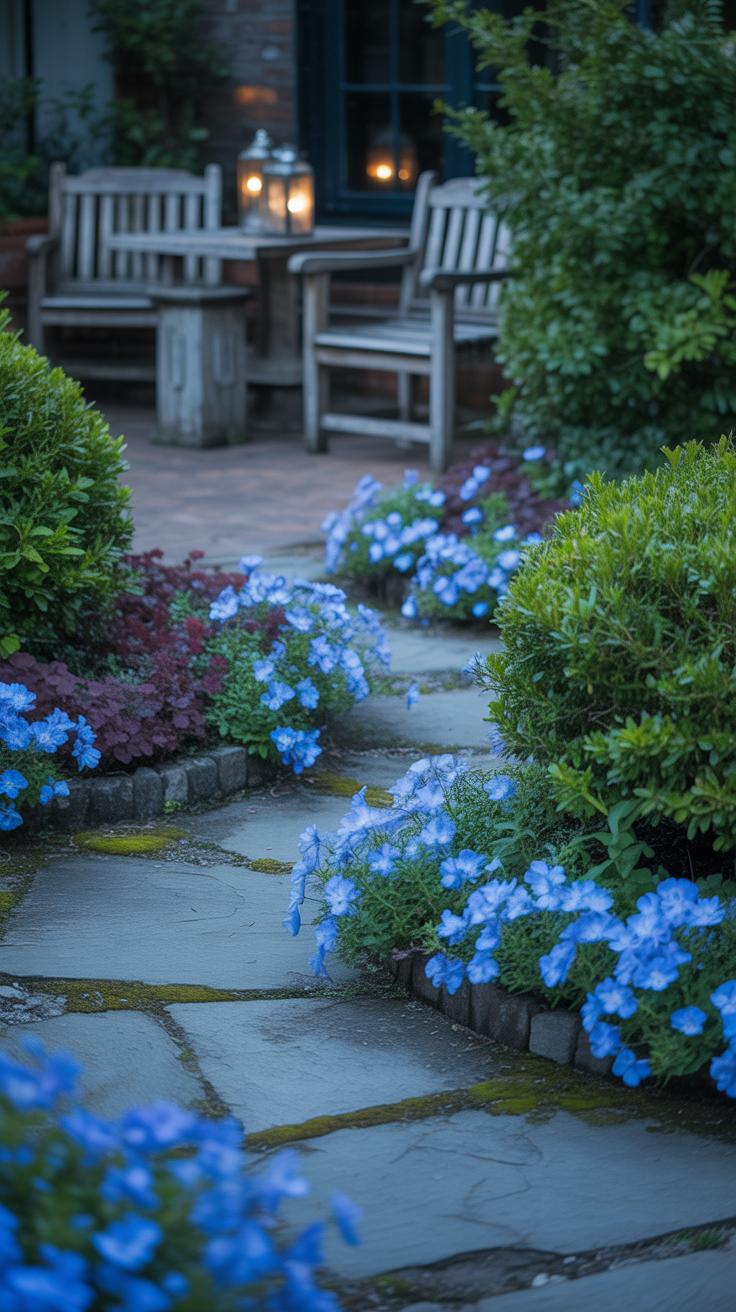
Hardscape elements like paths, patios, and walls give your outdoor space a kind of shape and purpose. They don’t just fill in gaps; they create structure where plants alone can feel loose or undefined. Think of it as giving your garden a framework to work within. Sometimes, it might feel a bit restrictive, but that framework also brings order and clarity. You might find that your garden actually feels bigger because you can navigate it more easily.
Paths and Walkways
Paths guide movement and lead visitors through your space. Choosing the right material depends on the look and feel you want. Common options include gravel, flagstone, brick, or concrete. Each creates a different mood—gravel feels natural and casual, while brick tends to be more formal. When planning your routes, it’s often best to follow the natural flow of foot traffic rather than imposing straight lines. Paths that curve gently can invite exploration.
Clear walkways make your garden more inviting and safe. They keep feet dry and reduce wear on plants. Plus, defining paths helps to separate different garden sections without harsh barriers. I once laid a path that wound between flower beds, and it surprisingly made the space feel cozier and more personal.
Patios and Seating Areas
Patios or decks serve as outdoor living rooms. They anchor the space and create spots for rest or socializing. When planning a patio, think about sunlight exposure—do you want shade or sun, or maybe both? Size is another key factor; a cramped patio feels uncomfortable, while an oversized one might be wasted space.
Simple furniture choices—like comfortable chairs, a sturdy table, or even a porch swing—can change how you use the area. Adding cushions and outdoor rugs softens the hardscape feel and boosts comfort. Creating a seamless transition from indoors to outside, perhaps through sliding doors or wide steps, can make your outdoor seating feel like a natural extension of your home.
Using Water Features
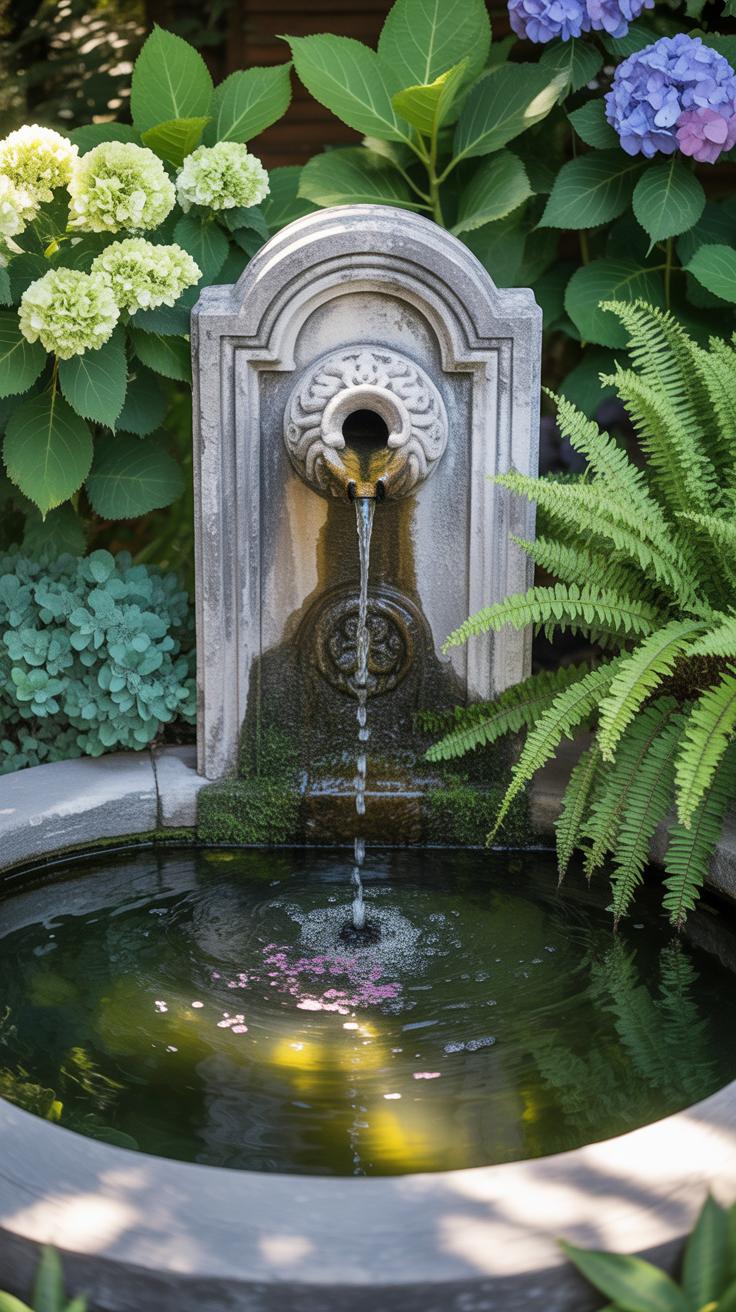
Water features bring a certain calm that’s hard to find elsewhere in your outdoor space. You might find that the gentle sound of water trickling eases tension or that the sight of a small pond invites quiet moments. It’s not just about looks—there’s a subtle sense of peace that water elements introduce, which can change how you feel when you’re outside.
Adding something like a fountain or a tiny pond doesn’t require a massive overhaul either. Even simple features can do the trick, creating a focal point or a background hum that feels surprisingly soothing. I once added a small birdbath, and it became a favorite spot—not just for me but for the neighborhood birds. It’s interesting how something so modest can draw life toward your garden.
Types of Water Features
Not every garden needs a big pond. There are plenty of low-maintenance options to consider:
- Birdbaths, which attract birds and provide a natural visual interest.
- Small stand-alone fountains, easy to install and move if needed.
- Wall-mounted water spouts, which can be discreet but still bring sound and motion.
- Container water gardens—just a pot with water plants and maybe some floating lilies.
Each has its own vibe, and you might find one suits your mood better. Maybe a bubbling stone suits a modern design, or a rustic basin fits a cottage feel.
Placing Water Features
Where you put your water feature matters. Think about where you spend time outdoors and how you want to interact with it. Near a seating area works well because you can enjoy both the sound and sight. Or maybe you want it visible from a window inside your home, offering a bit of tranquility even when you’re indoors.
Consider also the sunlight—plants and wildlife like water, but too much sun can cause algae or evaporation issues. Partial shade often hits the sweet spot. And don’t forget about accessibility; you’ll need to maintain and clean it now and then, so avoid hidden or tough-to-reach spots. Placement can make or break how much you actually enjoy your water feature.
Lighting Your Garden
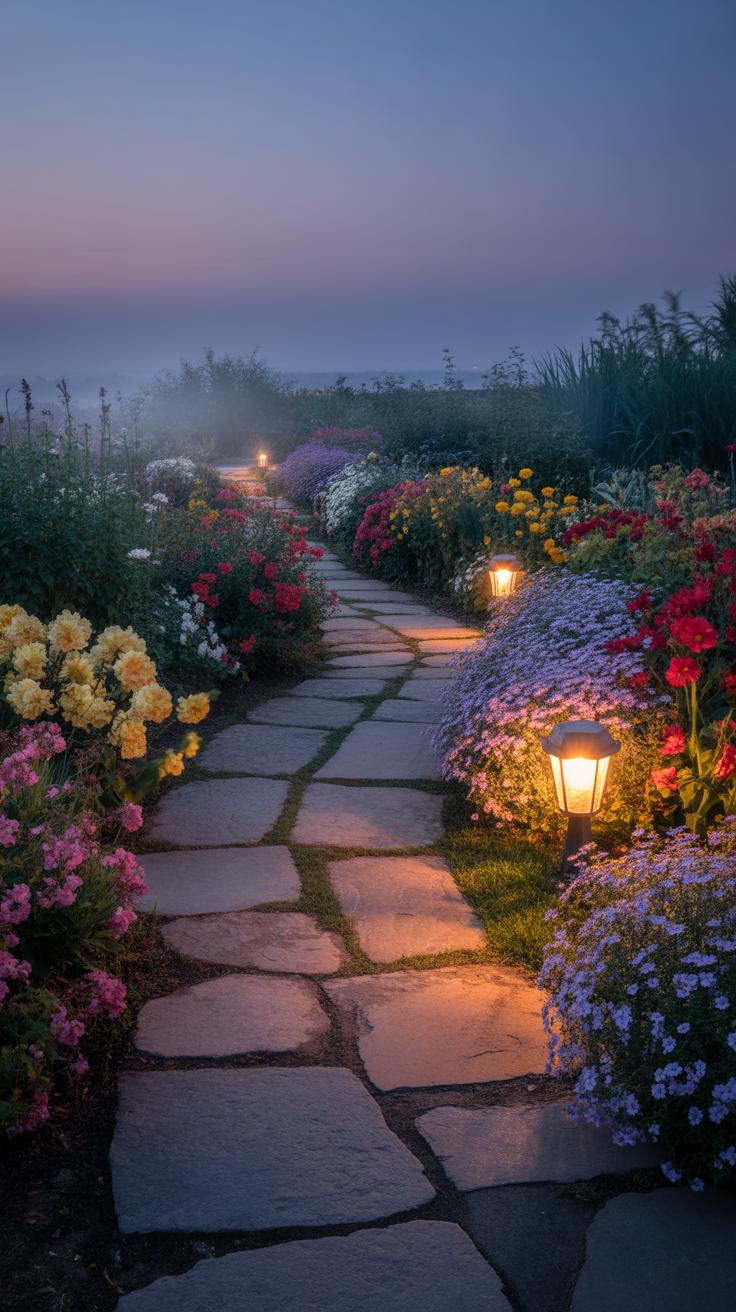
Lighting your garden serves two main purposes: safety and beauty. It’s easy to underestimate how much a well-placed light can transform your outdoor space after sunset. Think about walking outside without any lights—uneven paths become hazards, and your garden’s charm disappears into the dark. Lighting helps prevent trips and falls, making your space more inviting and secure.
When choosing lighting options, solar and LED lights are popular for good reasons. Solar lights require no wiring, saving effort and cost, but they depend heavily on sunlight, so they might not shine as brightly on cloudy days. LED lights use less energy and last longer, which is handy if you want reliable illumination without frequent bulb changes. Picking the right light depends on your needs—do you want something simple or more permanent?
Types of Garden Lighting
You have several types of garden lights to consider, each offering different effects:
- Path lights: These low fixtures line walkways or garden edges, guiding your steps and highlighting boundaries.
- Spotlights: They focus on specific features like trees, sculptures, or water features, creating dramatic shadows and depth.
- Decorative lights: Think string lights or lanterns that add soft, ambient light with a touch of personality.
I’ve noticed that mixing these types creates the best atmosphere. For instance, path lights keep you safe while spotlights draw attention to favorite plants or garden corners.
Smart Lighting Placement
Placing your lights thoughtfully makes all the difference. You want enough illumination on walkways and steps, but avoid glaring lights that blind or ruin the mood.
Try these ideas:
- Install path lights close to the ground for subtle guidance.
- Angle spotlights upward on taller plants or statues to add height and focus.
- Use softer decorative lights around seating areas to encourage evening relaxation.
Sometimes, less is more. If you over-light a space, it loses charm and feels artificial. A touch here, a glow there—doesn’t that sound like a better balance?
Creating Garden Zones
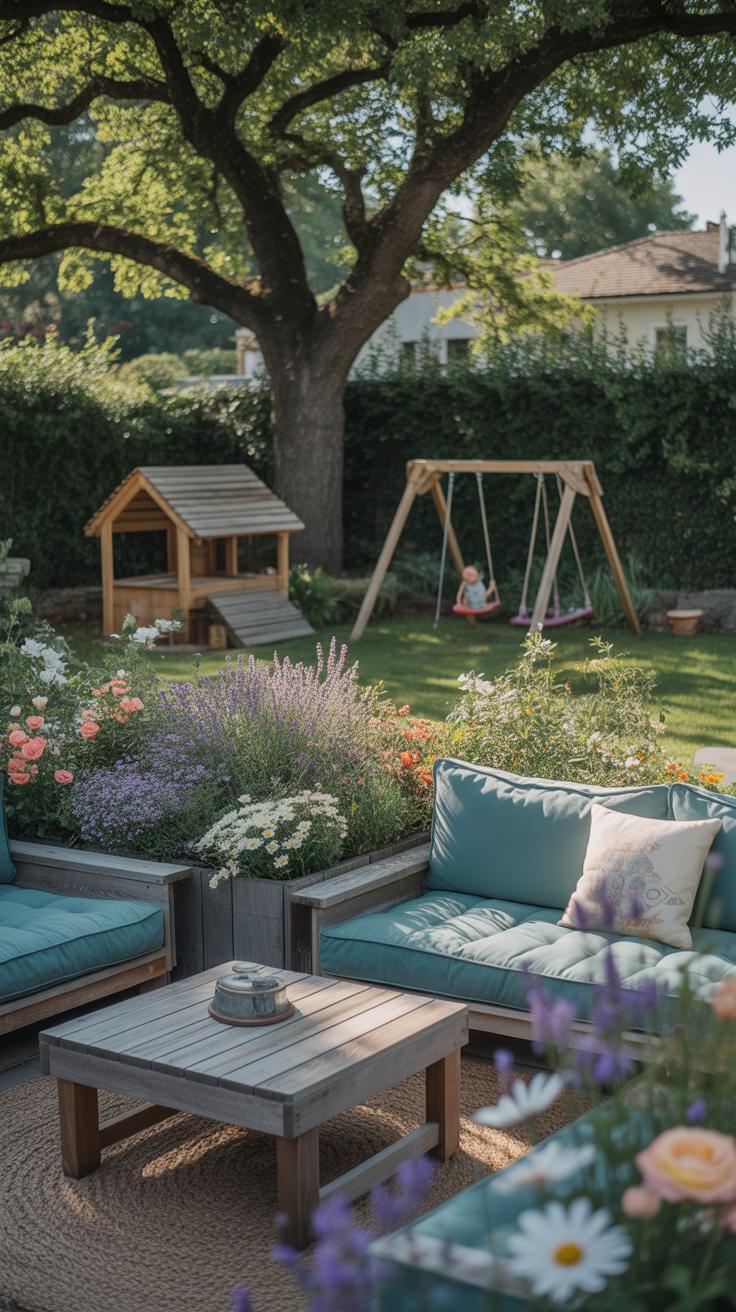
Dividing your garden into clear zones can make a huge difference in how you use the space. Think about having one area dedicated to play, another for relaxation, and a separate spot for planting. It’s a simple idea, but it really helps keep things orderly.
When you create these zones, you can avoid the feeling of clutter or chaos. For example, if kids have a designated play zone, toys and activities stay there instead of spreading all over. A relaxation zone, like a quiet seating nook, gives you a break from other garden tasks. And planting zones keep your flowers or veggies organized and easier to care for.
You might notice your garden feels more inviting when it’s organized this way. It can also help you focus on what you want to do outside at any moment—whether that’s playing, working, or relaxing. I’ve found that breaking a space into zones encourages more use and makes outdoor chores feel less overwhelming, honestly.
Zone Planning Tips
Marking different zones doesn’t have to be complicated or expensive. You can create natural boundaries with taller plants or low hedges. For instance, a row of lavender might act as a soft divider between your planting bed and a seating area. Or use ornamental grasses to outline a path that leads from play to relaxation zones.
Fences or trellises also work well. They don’t need to be high or solid walls—open lattice or wire fencing can do the trick. Even simple garden edging can help your brain see the distinction between spaces.
Sometimes, just changing the ground cover—switching from grass to gravel or mulch—can subtly mark a zone shift without any physical barrier at all. I realized once that these small changes made it easier for everyone in the family to understand where to go for what activity.
Using Zones Effectively
Once your zones are set, they can help keep your garden feeling neat and purposeful. Zones encourage putting things back where they belong. It’s easier to tidy up when you have a spot for each activity.
You also get a better sense of flow; moving between areas feels natural, not jumbled. For example, having your planting zone near a water source means less hassle when watering. Putting the play zone away from delicate plants saves frustration on both sides.
Zones invite you to spend more time outside, because the space works with you. When I see a garden with well-defined zones, there’s a sense of calm even if it’s small or simple. It makes me wonder if I’m using my own garden as well as I could be. What about you? Do you think dividing your garden into distinct zones might help?
Maintaining Your Garden
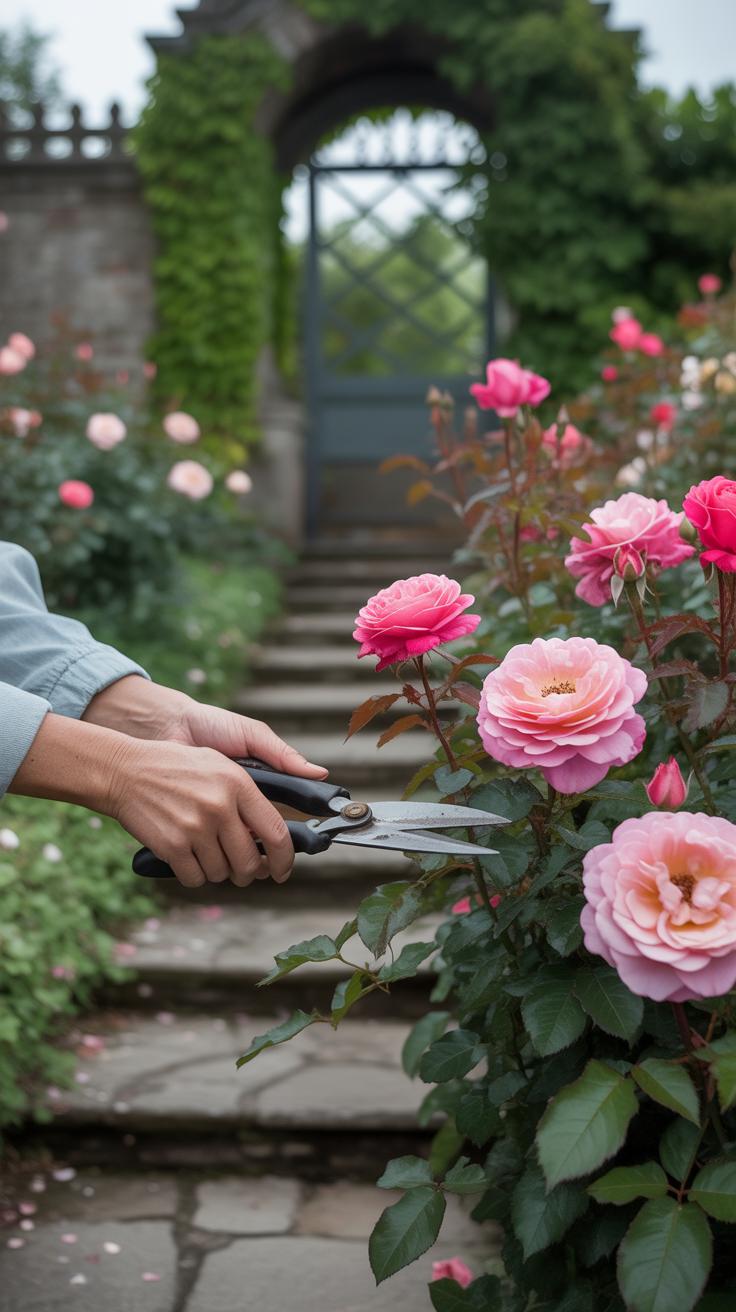
Keeping your garden in good shape means paying attention to a few simple tasks regularly. Watering is one of those things that can feel like a chore but really makes a difference. You don’t need complicated schedules—early mornings or late afternoons are usually the best times to water because the sun’s not beating down, reducing evaporation. Just be sure your plants get enough, especially the new ones. Sometimes a slow soak near the roots works better than a quick spray over everything.
Feeding your plants can feel tricky too. I’ve found using organic fertilizers like compost or seaweed extract less intimidating than chemical options. These encourage growth gently without overwhelming your garden. You might want to check specific needs; for example, roses tend to like more phosphorus while leafy greens usually thrive with nitrogen-rich feed.
Pruning and Cleaning
Pruning sounds technical but isn’t really. You just need sharp tools, like pruning shears or garden scissors. The goal is to remove dead or overgrown parts to help plants focus energy where it counts. Clothes or gloves can protect your hands while you work, especially with prickly plants.
Don’t forget to clear fallen leaves and weeds regularly. It’s a small task that protects your plants from pests and diseases. I often find my garden looks and feels tidier just after a quick cleanup, which is a nice bonus. It can be boring but doing it a bit at a time keeps the work manageable.
Choosing Sustainable Practices
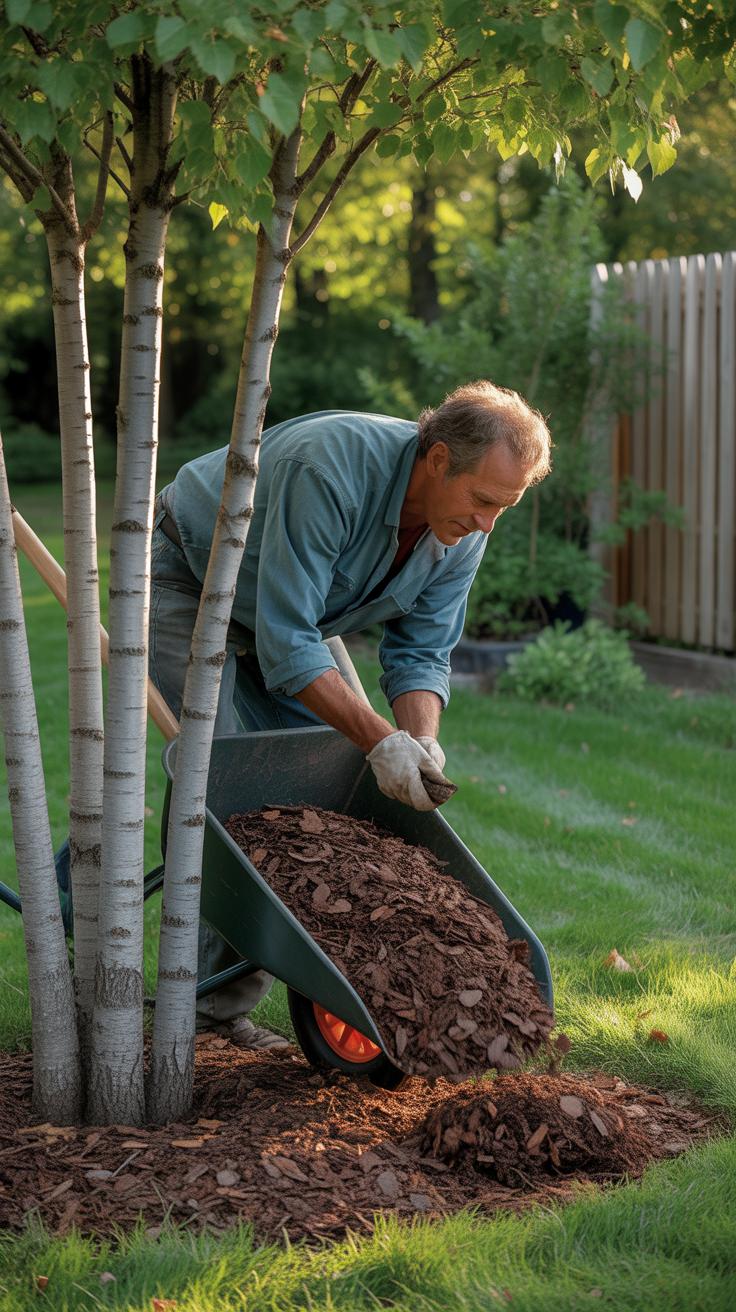
Thinking about your garden’s impact beyond its borders isn’t always top of mind, but it probably should be. Sustainable gardening starts with small choices—composting kitchen scraps instead of tossing them, for example, can noticeably reduce waste while feeding your soil naturally. I remember setting up a simple compost bin last year; it wasn’t perfect at first, but soon enough, the rich, dark soil it produced made me wonder why I’d waited so long.
Using native plants can feel like a shortcut to easier care. These plants are adapted to your area’s climate and soil, so they usually need less water and resist local pests better. But, it’s not always about convenience—I guess there’s also a quiet satisfaction in seeing your garden support local wildlife like bees and butterflies.
Water-saving techniques often get overlooked until there’s a drought or you see your water bill spike. Collecting rainwater with barrels or directing downspouts to garden beds can cut down on tap water use. Plus, watering early in the morning reduces evaporation, which actually makes a difference even if it seems like a tiny detail.
Benefits of Sustainability
Why bother with all this effort? Sustainable gardening does help the environment, of course. It reduces chemical runoff and conserves water, which benefits local waterways and ecosystems. But there’s more subtle payoff—the soil stays healthier, plants grow stronger, and your garden often becomes more resilient against pests and weather changes. It’s kind of like your garden develops its own balance, which means less work for you over time.
It might also make you feel more connected to the place you live. Gardening this way invites patience and observation, maybe even a little curiosity about how things work. Perhaps it’s not just about saving the planet, but about creating a space that feels alive and part of a bigger system.
Easy Sustainable Steps
Start modestly if you want—some easy actions can lead to greener habits without much hassle:
- Set up a rain barrel or two to catch runoff from your roof.
- Choose native or drought-tolerant plants when planting new beds.
- Skip synthetic fertilizers and pesticides; try organic alternatives or natural pest-repellent plants.
- Use mulch to retain moisture and suppress weeds.
- Turn organic kitchen waste into compost instead of throwing it away.
Doing these things may not transform your garden overnight. But over time, they help create a healthier, greener space that feels more in tune with the environment. It can be surprising how just a few thoughtful steps add up.
Adding Personal Touches
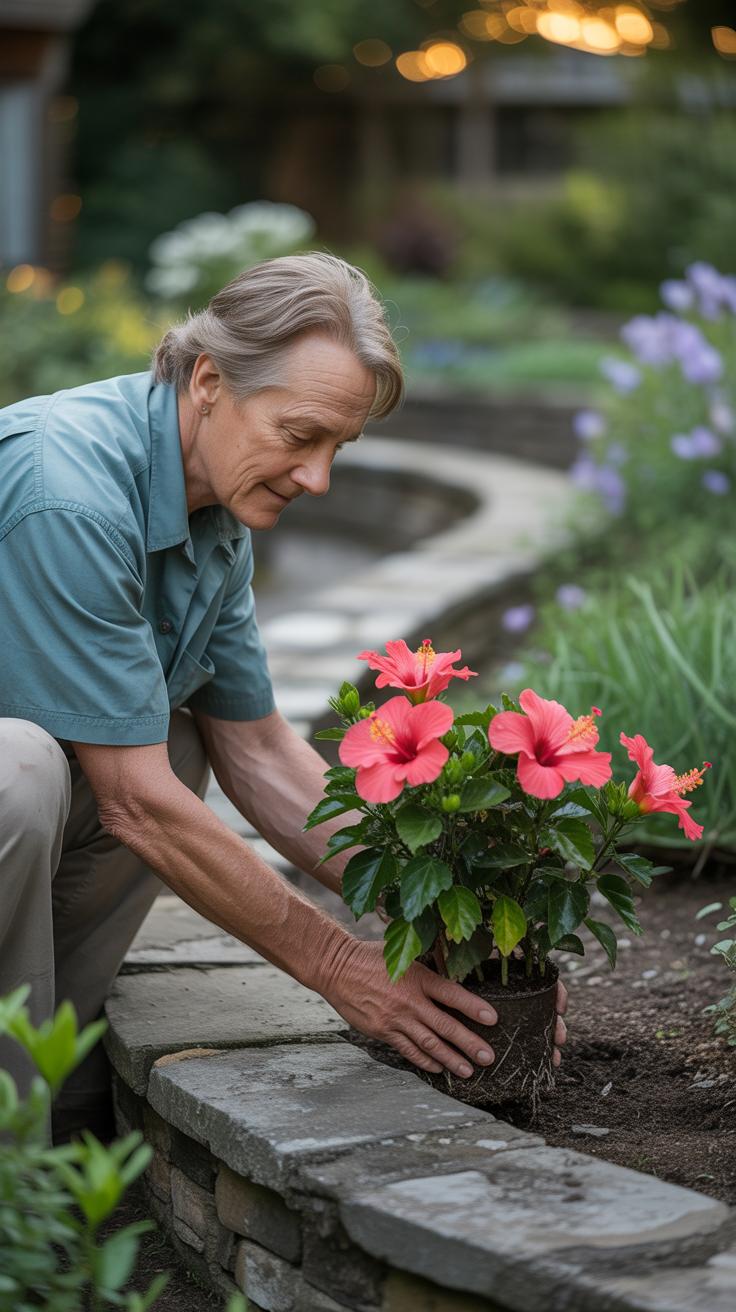
When you think about making your outdoor space really yours, small details often give the strongest impression. Garden art, for example, can turn an ordinary corner into something memorable. You might want to try sculptures, wind chimes, or hand-painted pots—things that speak to your style. I once saw a garden with old, repurposed tools arranged like a mobile; it was unexpected but charming.
Lighting shapes how you experience the garden after dusk. Soft string lights can create coziness, while solar spotlights highlight plants or pathways. Don’t shy away from mixing styles—modern fixtures alongside rustic lanterns can feel interesting, not mismatched. And think about functionality, too: will the light help you read a book or just set a mood?
Comfort matters just as much as looks. When choosing garden furniture, look beyond trends. What do you feel like sitting on after a long day? Sometimes a weathered bench, cushioned chairs, or even a hammock works better than a typical patio set. Add throw pillows or blankets to tweak comfort and color.
Small details, like an outdoor rug or a cleverly placed side table, can invite you and guests to linger longer. It’s not just about filling space, but creating spots that feel like an extension of your home. What unusual decoration or furniture choice has caught your eye lately? Sometimes going a bit off-script is exactly what your garden needs.
Conclusions
Landscaping your home offers many benefits. It improves your home’s look and gives you a personal place to enjoy nature. By planning carefully and choosing the right elements, you can create a space that fits your needs and style. Every detail, from paths to plants, plays a part in making your garden inviting.
Remember to think about your climate, soil, and how you want to use your outdoor space. With some effort, you can build a garden that grows beautifully and brings happiness for years. Start with small steps, and watch your outdoor space come to life.


